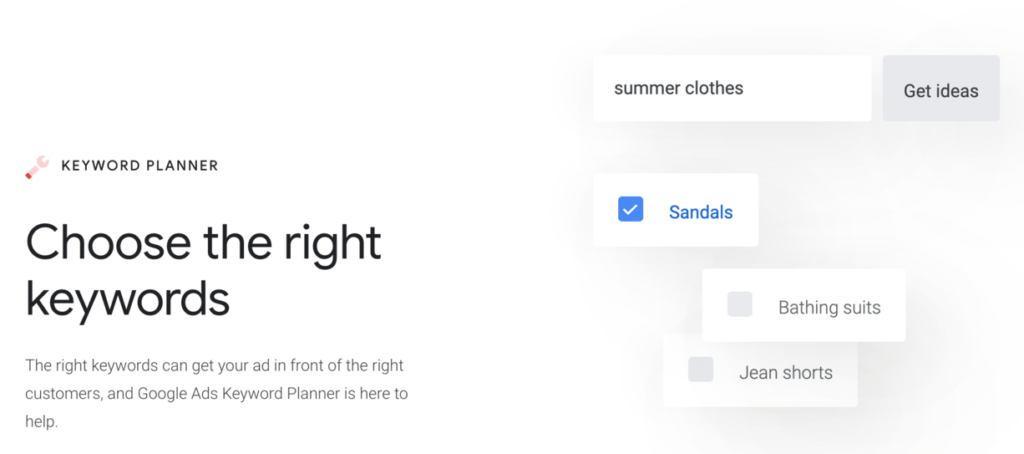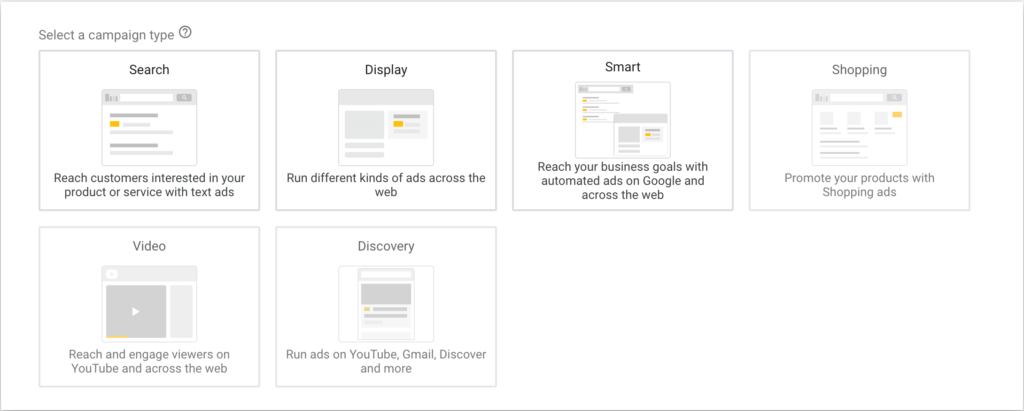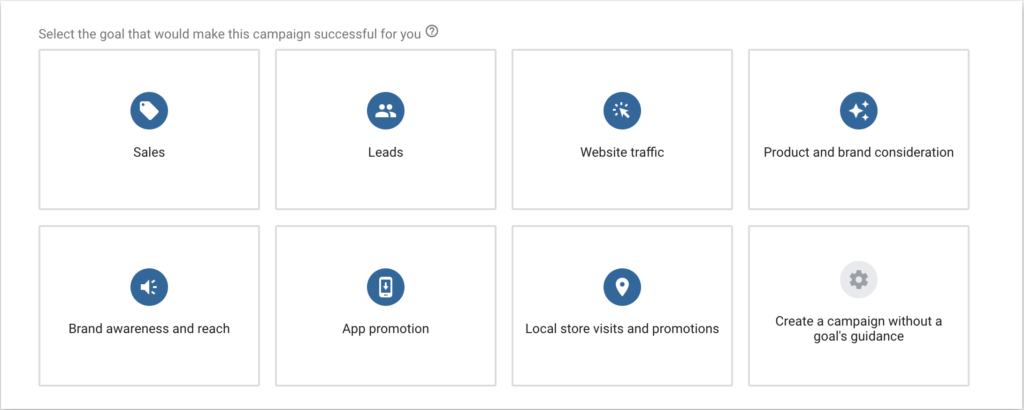In the dynamic landscape of online advertising, mastering the intricacies of Google Ads is essential for businesses aiming to connect with potential customers across diverse digital platforms. While Google Ads offers user-friendly features, a successful campaign necessitates a comprehensive understanding of key elements.
Planning Your Google Ads Campaign:
Creating a triumphing Google Ads campaign involves meticulous planning, ranging from audience targeting to effective conversion tracking. This guide is designed to lead you through the fundamental steps.
Creating Your First Google Ads Campaign:
1. Choose Your Keywords:
Leverage the power of Google Keyword Planner to identify pertinent keywords, assess search volumes, understand competition, and discover related keyword suggestions. Broaden your research using tools such as answerthepublic.com and delve into competitor strategies for a holistic approach.

2. Write Compelling Ads:
Define your advertising goals clearly. Craft compelling ad copy with a concise headline, compelling description, and a robust call to action (CTA) using Google Ads responsive search ads format for optimal performance. Incorporate high-quality visuals, showcasing your product or service effectively.
3. Set Your Budget:
Commence with a manageable budget for testing and optimizing before scaling up. Explore Google Ads automated bidding strategies like “Maximize Conversions” or “Target CPA” to optimize budget allocation based on campaign goals.
4. Select the Right Campaign Type:
Beyond the traditional Search Network and Display Network, Google Ads offers various campaign types like Shopping ads, App campaigns, and Video ads. Opt for the format aligning best with your advertising objectives.

Tip: • The more ads you create, the better your ads will get.
5. Refine and Test:
Utilize Google Ads’ built-in A/B testing tools to experiment with different headlines, ad copy variations, and landing pages. Monitor campaign performance using key metrics to continually optimize.
What type of ads should you run?
There are several types of Google ads. The most common are text-based and image-based. You can start the campaign with Search Network or Display Network.

It all depends on what you are promoting. You should test your ads before you start using them. Using Google AdWords, you should test your ads using different titles, different ad text, different destination URLs, different landing pages, use pictures, use videos. It would be best if you also tried testing the ads at other times of the day (when people are more or less likely to respond). You should test your ads with different budgets. It would be a good idea to try pay-per-click or pay-per-action advertising. Whichever one works the best, you should stick with it.

Targeting Your Audience:
Understanding your target audience is pivotal. Conduct thorough audience research, identifying demographics, interests, online behavior, and pain points. Utilize Google Ads targeting options like demographics, interests, in-market audiences, and similar audiences for precise targeting.
Track Your Campaign
Your Google AdWords campaign can be tracked using Adwords reporting, the Campaign URL Builder, and the AdWords Conversions API
• Using the Campaign URL Builder to create a tracking URL. (UTM Parameter)
Using AdWords Conversion Tracking: Implementing the conversion tracking code on the website or landing page.
Important Factors for Successful Campaigns in 2024:
- Mobile-first approach: Optimize ads and landing pages for mobile viewing.
- Personalization and targeting: Leverage audience insights for personalized ad experiences.
- Creative ad formats: Explore engaging formats like video ads and interactive content.
- Focus on customer journey: Ensure a seamless transition from ad click to desired action.
- Data-driven optimization: Regularly analyze data for campaign improvement.
Types of Google Ads Campaigns in 2024:
- Search Network campaigns: Target users actively searching for relevant information or products.
- Display Network campaigns: Reach users across various websites and apps within the Google Display Network.
- Shopping campaigns: Showcase products on Google Shopping search results and partner websites.
- App campaigns: Promote mobile apps across platforms with a focus on installs and engagement.
Conclusion
In this blog, we’ve given tips to help you make the most out of your Google Adwords campaign, as well as a few other things to keep in mind as you create your campaign. We hope this blog has been helpful, and if it has, please share it with your friends and family! If you have any questions or comments, please leave them in the comments section below, and we will be sure to answer them as quickly as we can.
FAQs (Frequently Asked Questions):
What is the difference between Google Ads and Google Search Console?Google Ads is a paid advertising platform where you create and manage ad campaigns to reach potential customers across various platforms. Google Search Console is a free tool that helps you monitor your website’s search engine optimization (SEO) performance.
How much does Google Ads cost? Google Ads operates on a pay-per-click (PPC) model, meaning you only pay when someone clicks on your ad. The cost per click (CPC) can vary depending on several factors, such as your industry, keywords used, and competition level.
Do I need a website to run Google Ads? While having a website is ideal for most campaigns, Google Ads also offers options for promoting apps and other online actions. However, having a website landing page tailored to your campaign goals can significantly improve your campaign effectiveness.